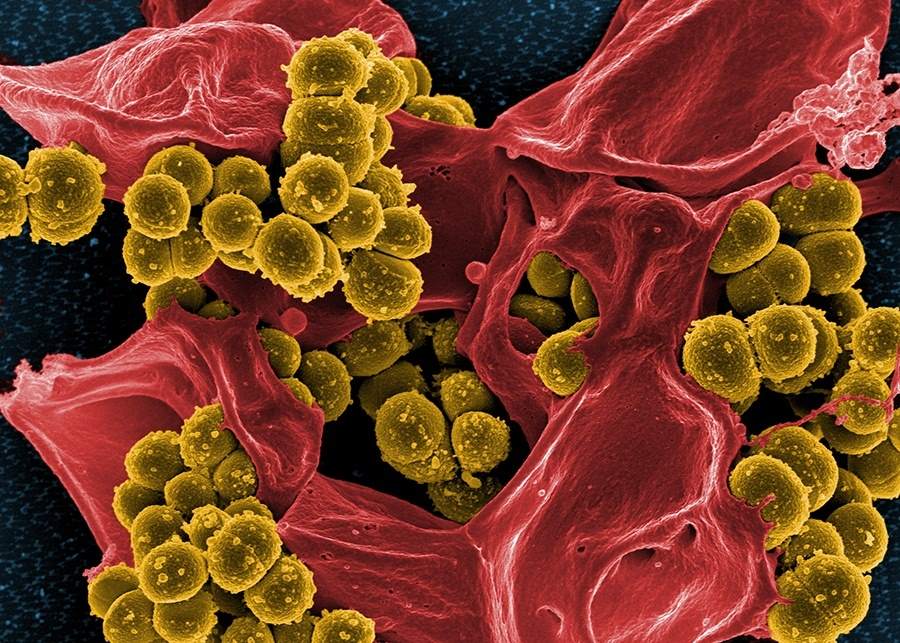Where We Are Now

MRSA.
Still, the global health issue isn’t just that drug-resistant infections are more difficult to cure — it’s also that the longer a person stays sick as a result of a drug-resistant infection, the farther and quicker said infection will spread.
This isn’t a problem that future generations may face; it’s one we’re seeing now. Indeed, the World Health Organization reports that antibiotic resistance is present in every country in the world.
Likewise, resistance to common, but potentially lethal, infectious bacteria like E.Coli have become so widespread that treatment worldwide is now recorded as ineffective in more than half of patients.
Methicillin-resistant Staphylococcus aureus, or MRSA, has become one of the most prominent “superbugs” in the world. In fact, in 2011 the Centers for Disease Control and Prevention reported that around 80,000 people in the United States were infected with MRSA that year, and over 11,000 of them died. In other parts of the world, the prevalence of MRSA-infections is much higher and the death toll greater.
Tuberculosis, which you might think only runs rampant in Charles Dickens’ novels, is also making a comeback due to drug resistance. It’s estimated that one-third of the world’s population is infected with TB, and many are infected with latent TB — meaning that the bacteria lives in their body without making them sick. Generally, people with latent TB can’t spread the disease, but if their TB becomes active when they have a weakened immune system, they can potentially spread it to others.
Other diseases — like influenza, malaria, HIV, Clostridium difficile (C. difficile), gonorrhea, and salmonella — are also quickly becoming resistant to the drugs created to treat them.
How To Fight Superbugs
The WHO’s global action plan on antimicrobial resistance has been in effect since May 2015, and outlines tasks that must be undertaken at a worldwide level in order to keep antimicrobial resistance from increasing — and to help prevent more illnesses once eradicated through vaccines (like smallpox) from resurfacing.
At the top of the WHO’s action plan is education: In their eyes, ensuring that physicians and patients understand the risks and benefits of antibiotic use is essential for preventing overuse — a key factor in the rise of superbugs.
The WHO also plans to amp up its research and surveillance efforts and continue to monitor sanitation, hygiene, and infection prevention measures on a global scale.
“If we don’t take action, then we may all be back in an almost 19th Century environment where infections kill us as a result of routine operations,” Sally Davies, England’s Chief Medical Officer, told the BBC. “We won’t be able to do a lot of our cancer treatments or organ transplants.”
Indeed, should we not heed these recommendations, the end of civilization as we know it might not start with a bang — but rather a sneeze.
Intrigued by this look at superbugs? Next, learn about the terrifying diseases that global warming can intensify or introduce. Next, have a look at the five weirdest diseases of the human body and four diseases more terrifying than ebola.





